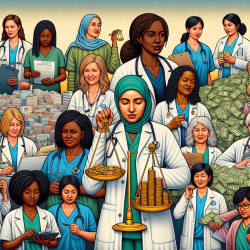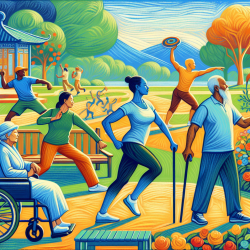Introduction
In the realm of medicine, female doctors face a unique set of challenges, particularly those serving in communities of need. A recent study titled Inequities Faced by Female Doctors Serving Communities of Need sheds light on these challenges, revealing significant disparities in pay and career opportunities. This blog explores how practitioners can leverage these findings to enhance their skills and advocate for change.
Understanding the Inequities
The study, conducted by Ana Motta-Moss and Zainab Hussain, highlights several key disparities faced by female doctors, especially those working in Health Professional Shortage Areas (HPSAs). Despite making up a significant portion of the medical workforce, female doctors report lower incomes compared to their male counterparts, even when working similar hours. This pay gap is more pronounced in underserved areas, where female doctors are often the backbone of primary care.
Key Findings
- Female doctors earn significantly less than male doctors, with disparities increasing in HPSAs.
- Women in medicine often choose primary care specialties at a higher rate than men, yet face greater pay inequities in these roles.
- Despite these challenges, many female doctors report high job satisfaction due to their commitment to serving their communities.
Implications for Practitioners
For practitioners, understanding these inequities is crucial. Here are some ways to apply the study's findings to improve skills and advocate for change:
- Advocacy: Use data from the study to advocate for equitable pay and career opportunities for female doctors, particularly in underserved areas.
- Mentorship: Establish mentorship programs that support female doctors in navigating career challenges and advancing in their fields.
- Research: Encourage further research to identify specific factors contributing to pay inequities and develop targeted interventions.
Encouraging Further Research
While the study provides valuable insights, more research is needed to fully understand and address the root causes of these inequities. Practitioners are encouraged to engage in or support research initiatives that explore the intersection of sex, ethnicity, and practice location in medicine.
Conclusion
The inequities faced by female doctors, particularly in underserved communities, are a pressing issue that requires immediate attention. By applying the findings of this study, practitioners can take meaningful steps towards creating a more equitable healthcare system. To read the original research paper, please follow this link: Inequities Faced by Female Doctors Serving Communities of Need.










